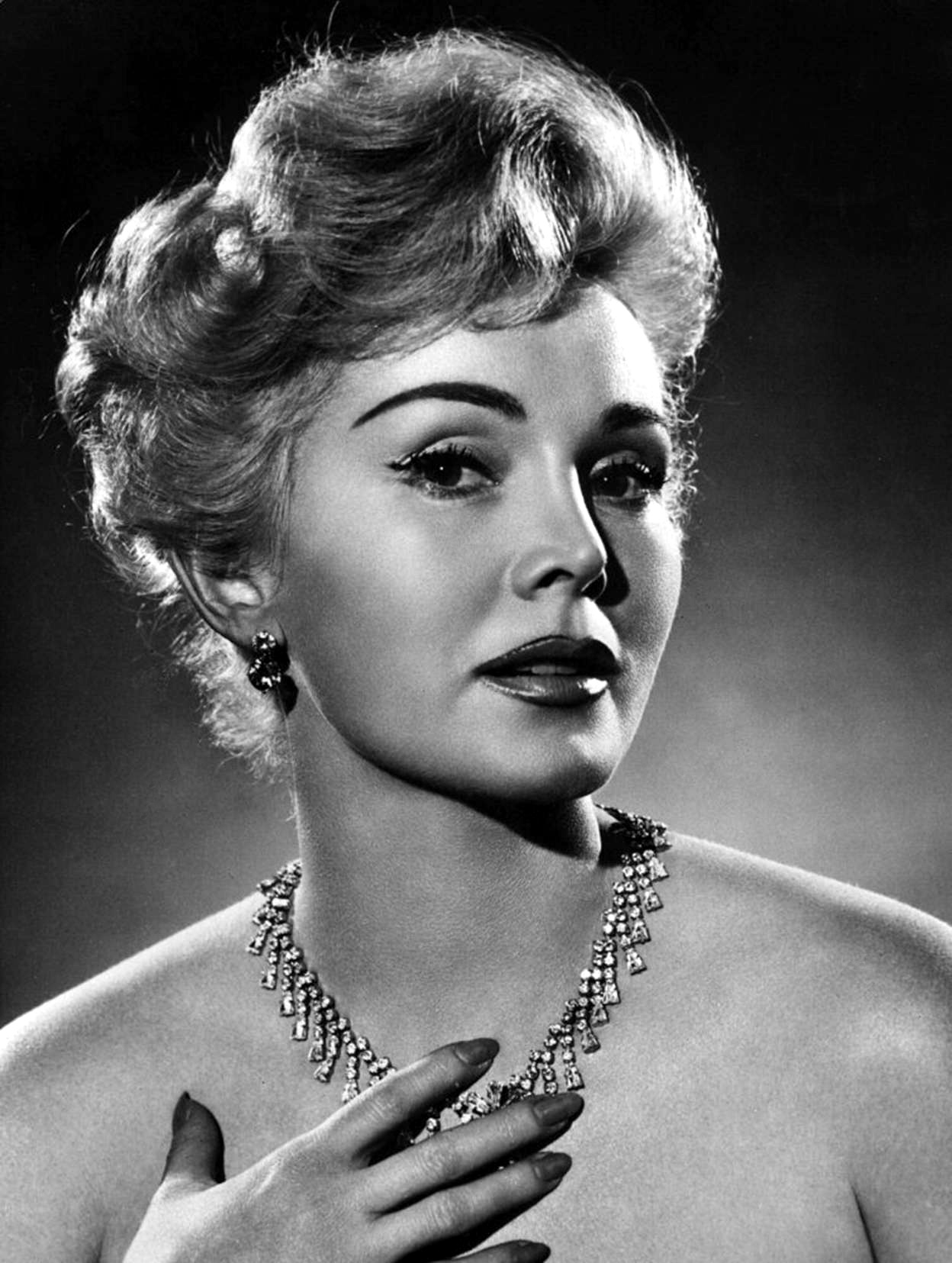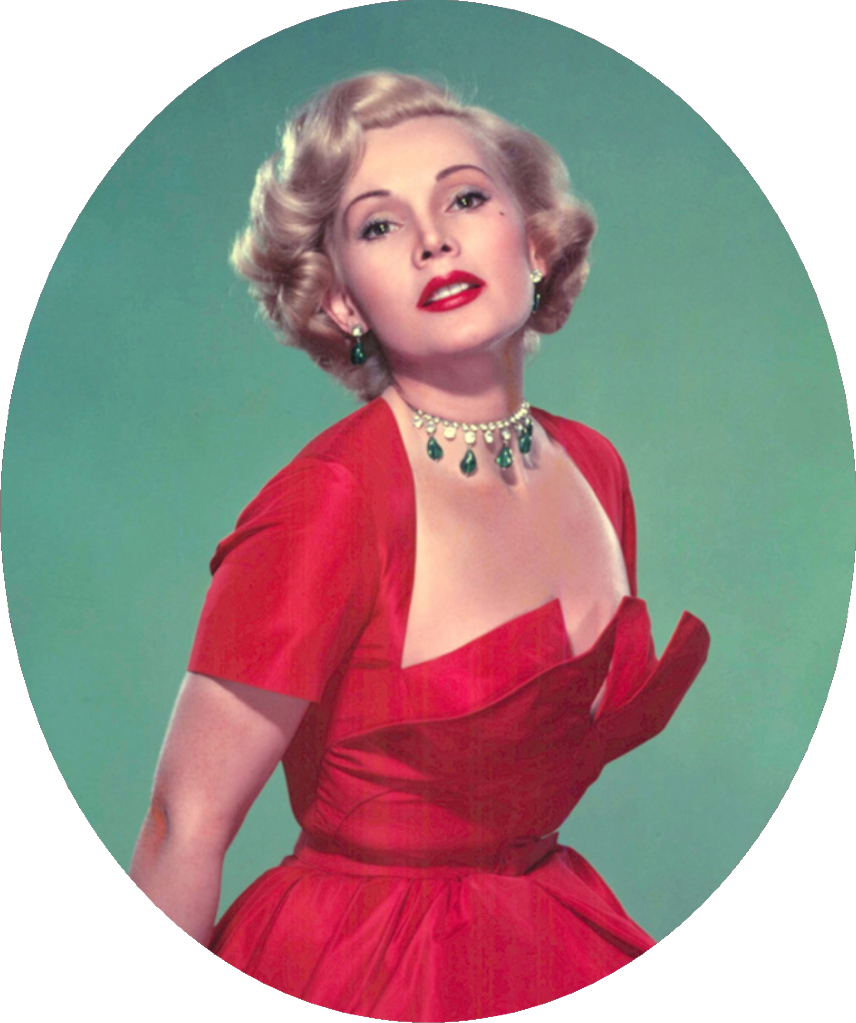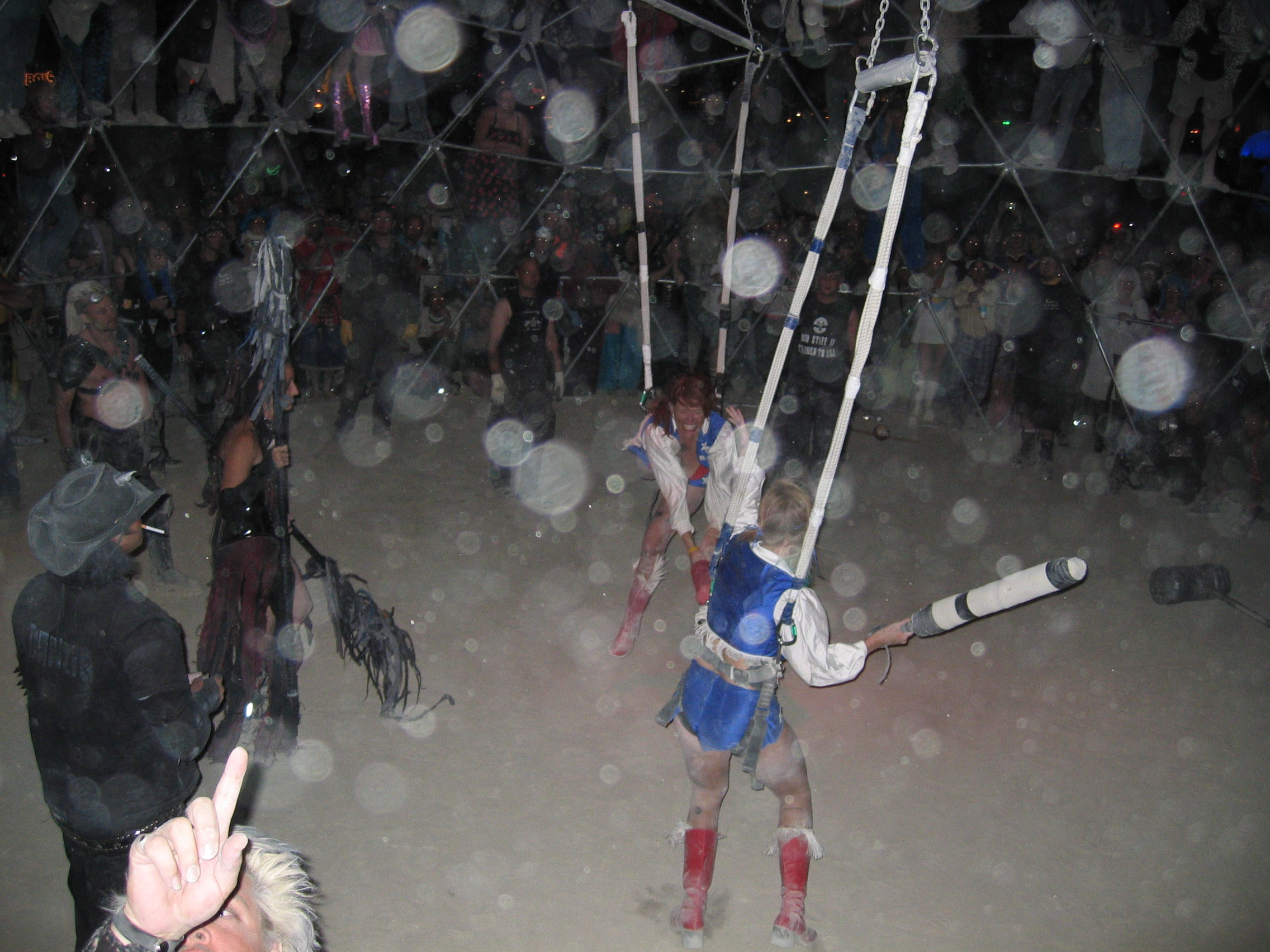Since mid-October approaches are not teachers around in search of some new and interesting way of presenting the story of Christopher Columbus. How many times you can read the same book?
What about the participation of their students and exciting through the creation of a podcast that can be posted online for the world (or at least their parents and grandparents) to listen?
Simply choose a theater script reader you like. There are many available online for free.
Practice, practice, and then practice some more.
When ready to record there are some methods:
1. Hook a microphone directly to the computer and record. The two most common applications for registration are GarageBand and Audacity.
2. Attach a voice recorder for iPod and registration. Griffin makes a nice one. (Be sure to set the best quality for the voice recording to import correctly. If you end up with chipmunk voices in GarageBand you have to burn a CD with audio tracks and import.)
3. Use a real voice recorder, which then hooks to your computer.
After getting the best recordings, import the tracks, modify if necessary, and compiled into a single track.
Post online for all to hear!
When children know that their voices will be heard from anywhere in the world have a real purpose to improve their fluency in reading.
Another idea to celebrate Columbus Day is the construction of three large ships on the wall of the corridor. Take a picture of each child. Using only the face, that each student create one of the people to sail with Columbus on his journey. The person should be dressed for the weather was and / or position on the boat. Hang them all in the boats! The motto could be: Cruisin 'with Columbus.
What about the participation of their students and exciting through the creation of a podcast that can be posted online for the world (or at least their parents and grandparents) to listen?
Simply choose a theater script reader you like. There are many available online for free.
Practice, practice, and then practice some more.
When ready to record there are some methods:
1. Hook a microphone directly to the computer and record. The two most common applications for registration are GarageBand and Audacity.
2. Attach a voice recorder for iPod and registration. Griffin makes a nice one. (Be sure to set the best quality for the voice recording to import correctly. If you end up with chipmunk voices in GarageBand you have to burn a CD with audio tracks and import.)
3. Use a real voice recorder, which then hooks to your computer.
After getting the best recordings, import the tracks, modify if necessary, and compiled into a single track.
Post online for all to hear!
When children know that their voices will be heard from anywhere in the world have a real purpose to improve their fluency in reading.
Another idea to celebrate Columbus Day is the construction of three large ships on the wall of the corridor. Take a picture of each child. Using only the face, that each student create one of the people to sail with Columbus on his journey. The person should be dressed for the weather was and / or position on the boat. Hang them all in the boats! The motto could be: Cruisin 'with Columbus.
Post Title
→Columbus Day - Easy Technology Ideas for a display hall and Podcasting With Reader's Theater
Post URL
→http://girlfight-fighter.blogspot.com/2011/10/columbus-day-easy-technology-ideas-for.html
Visit girlfight-fighter for Daily Updated Wedding Dresses Collection

















.jpg)
















































































